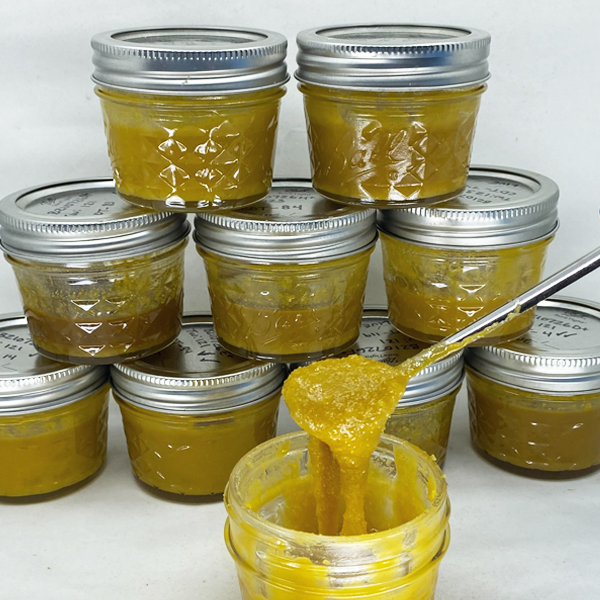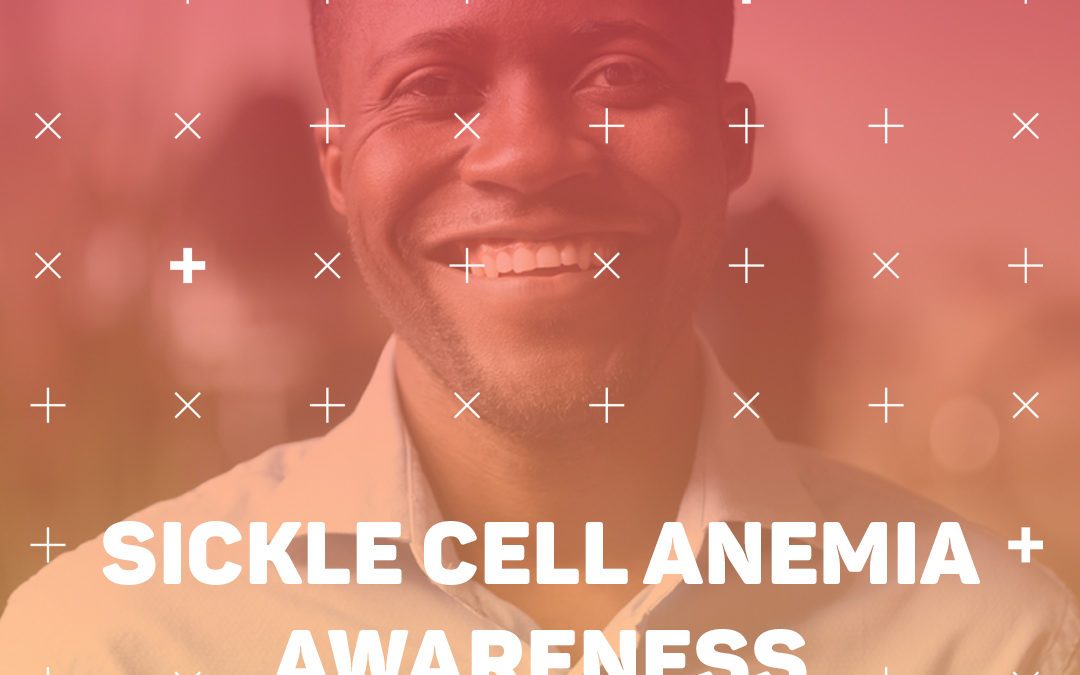The Commonwealth’s medical marijuana patients gained some important benefits in June when Governor Tom Wolf permanently instituted several important changes to the Pennsylvania medical marijuana program. Accessibility measures that were developed at the start of the COVID-19 pandemic, such as dispensaries offering curbside pickup and an increased supply of medication to patients, were extended indefinitely. These changes can be hard to keep track of – for program newcomers and experienced patients alike. We hope our Prospective Patient Perspective newsletter offers educational resources that demystify the growing PA program and assist all qualified patients in identifying products that may potentially work for them.
In today’s installment of our Prospective Patient Perspective newsletter series, you will meet the hypothetical patient “Gina.” Read on to learn about her daily experiences living with opioid use disorder and medical marijuana’s potential to improve her quality of life.
Meet Gina: The walls of Gina’s studio are lined with cherished mementos and framed reminders of her proudest achievements: the fine arts degree she earned after many sleepless nights, the first watercolor piece she painted with her kids, the 30-day chip celebrating her steps forward in recovery from opioid use. Since reaching that first-month milestone, Gina has encountered many more pivotal moments – both celebratory and somber – throughout her journey living with this disorder.
Gina is one of three million Americans experiencing opioid addiction today, each one of them carrying a unique story. A number of complex biological, socioeconomic, and environmental factors may contribute to how a person develops this condition. Some individuals may have become addicted to the pharmaceuticals they were prescribed for chronic pain, while others may have developed a dependence on heroin or other prohibited drugs. Opioids interact with receptors in the brain to potentially reduce pain, sometimes producing euphoric or sedative effects. A regular user whose brain is deprived of opioids may experience physical withdrawal symptoms that compel them to begin using again in spite of the behavior’s harmful consequences.
For Gina, the process of removing opioids from her life has triggered bouts of nausea and pain that make it difficult to find the motivation to accomplish daily tasks. She has previously explored medication-assisted treatment for her condition, visiting methadone clinics in earlier stages of her sobriety. After discussing options with her care provider team, Gina is hopeful that medical marijuana may serve as another tool to improve her quality of life moving forward.
Meeting Gina’s Dispensary: Struggling with the physical and psychological effects of opioid dependence can be an isolating experience. Walking it alone can make the path to recovery all the more difficult. Gina relies on her team of physicians and her trusted sober community daily. Her support network can also assist her in accessing medication at dispensaries across the Commonwealth, by serving as Gina’s caregivers.
Caregivers operate in the PA medical marijuana program as individuals who are designated by patients, and certified by the Department of Health, to pick up medication on their behalf. Any Commonwealth resident over the age of 21, who completes a criminal background check may be certified as a caregiver. The program changes instituted in June also removed the limit on the number of patients that a caregiver can serve, helping make medication more accessible. On days when her symptoms become especially intense or visiting the dispensary feels overwhelming, Gina’s caregivers can ensure she still has access to her medication.
Meeting Gina’s Medical Needs: When looking to treat pain and nausea, one cannabinoid stands out in studies as having the potential to relieve both of Gina’s primary symptoms – the most abundant psychoactive compound in cannabis, THC. Both live and dry medical marijuana extracts contain concentrated amounts of THCA, the acidic compound that converts into THC when a product is vaporized or exposed to heat.
Based on the PA DOH required lab testing, total THCA has consistently tested at the highest level; as such, live sand is one offering from the diverse line of prime concentrates that Gina may want to explore with her care team. When vaporized, the potency of our live sand provides the potential for sustained relief via a simple inhale. This product’s crystalline texture, consisting of small THCA granules, makes it simpler for patients to gradually increase their dose. As the symptom frequency and severity of Gina’s condition may vary, she can work with her dispensary pharmacist and care team to adjust her dosage accordingly.
For more information on our prime-grown products, follow our Instagram at prime.wellness.


